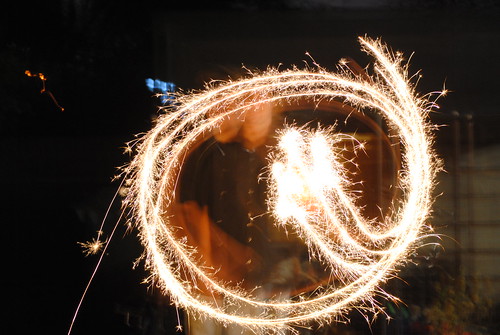
INVENTION OF SPARKLERS
The origin of sparklers remains shrouded in mystery, with no known inventor, but they are believed to have originated in China during the 7th century AD. These early sparklers were crafted from bamboo sticks coated in a blend of gunpowder and various chemicals. When ignited, they would dazzle with a cascade of sparks and a smoky spectacle.
It wasn't until the 19th century that sparklers gained popularity in Europe, with the first mass production occurring in Germany in the 1850s. Today, sparklers have captured the hearts of people worldwide and have become a cherished tradition during celebratory occasions like New Year's Eve, birthdays, and weddings.
Although the identity of the sparkler's inventor remains a mystery, we can extend our gratitude to this ingenious creator for bestowing upon us such a joyful and festive hand held firework.
Initially, sparklers were not intended for festive celebrations but had a more practical application. They were developed as a source of illumination for various purposes, including military use. During the early 19th century, sparklers were used as handheld torches to provide light in dark environments. The composition of early sparklers included a mixture of metal powders, often containing iron filings, combined with a binding agent.
When ignited, these sparklers produced a bright and sparkling flame, making them useful for lighting up tunnels, caves, and other dark spaces, something like a flare or a birthday candle sparkler like the one below.
Over time, sparklers found their way into celebratory events, such as fireworks displays and festivals, due to their captivating visual effects. They gradually evolved into the popular recreational fireworks we know today, designed primarily for entertainment during special occasions like Bonfire Night, Independence Day, New Year's Eve, and weddings.
So, while sparklers originally served a practical purpose as a source of illumination, their captivating sparks and visual appeal led to their adoption in celebrations and festivities. This transformation in their use eventually made them a staple in various joyous occasions worldwide.
